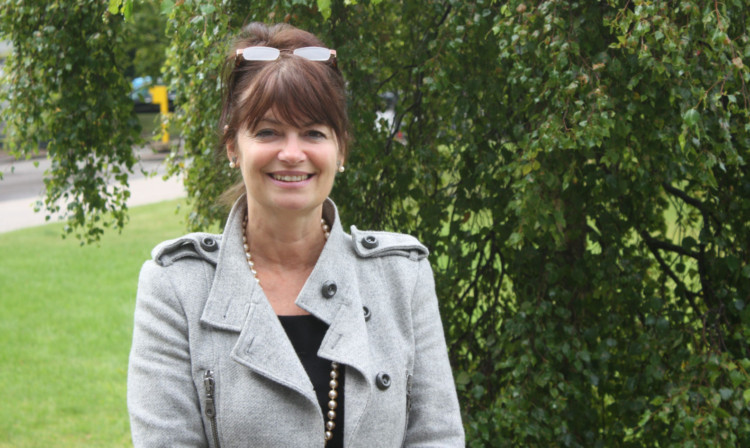Describing the rejection of GM foods as a “form of madness I don’t understand,” the European Commission’s chief scientific adviser, Professor Anne Glover, used the issue as a prime example of evidence not being properly considered.
Professor Glover made the comments after delivering a keynote address in Aberdeen to the European Network on Soil Awareness.
Appointed last year, the former Dundee High School pupil is the first ever EC chief scientific adviser, and spoke of the challenges of bringing 28 member states to a point of consensus.
She stressed that she was not a politician, but spent much of her time presenting MEP’s and European commissioners with scientific evidence.
“I tend to get a good audience in the Commission but less so in the European Parliament, where the views are often more philosophical”
Few subjects were as influenced in this way as the production of GM foods.
“I think we need to be more aggressive when people say there is not enough evidence to support GM.
“People need to be more transparent and say why they are rejecting the evidence,” she said.
“I have a clear scientific view on GM and have used the technology in my own research work,” said Professor Glover, who also holds the chair of molecular biology at Aberdeen University.
“The point about GM is that no other range of products or foodstuffs has been so thoroughly researched, with not one single piece of evidence emerging that would show GM as being more risky than conventional plant breeding methods.
“There has been a lot in the media over the last 15 years about possible dangers, and it is fair and right to be curious or cautious but we have now spent so much time gathering evidence to the contrary, it is time to say we know enough to prove GM foods are safe,” she said.
“Personally, I would rather eat GM food produced with less intervention than is used in conventional crops in terms of fertilisers and crop chemicals,” she continued.
Apart from anything else, the production of these conventional inputs required a huge amount of energy.
Asserting she was “pro-evidence”, Professor Glover did admit there was a need to explain the issues more to those who had ethical objections to GM production.
In her view many of the objections stemmed not so much from concerns about the technology but the way in which it was delivered.
For instance there were concerns about seed companies exerting too much control to the detriment of producers.
However, these objections should not be allowed to stop GM technology being adopted.
As an example she cited the production of GM ‘golden rice’.
This new crop had enhanced vitamin levels and, if adopted, could save countless cases of blindness in the developing world.
“Who are we to say that people cannot have access to golden rice?” she asked.
The media bore some responsibility, Professor Glover said.
It should be a case of striving to achieve balance and, although 99.99% of scientists now agreed there was no foo safety danger associated with GM foods, it was possible for media sources to find the one or two scientists who thought otherwise and blow their concerns out of proportion.
